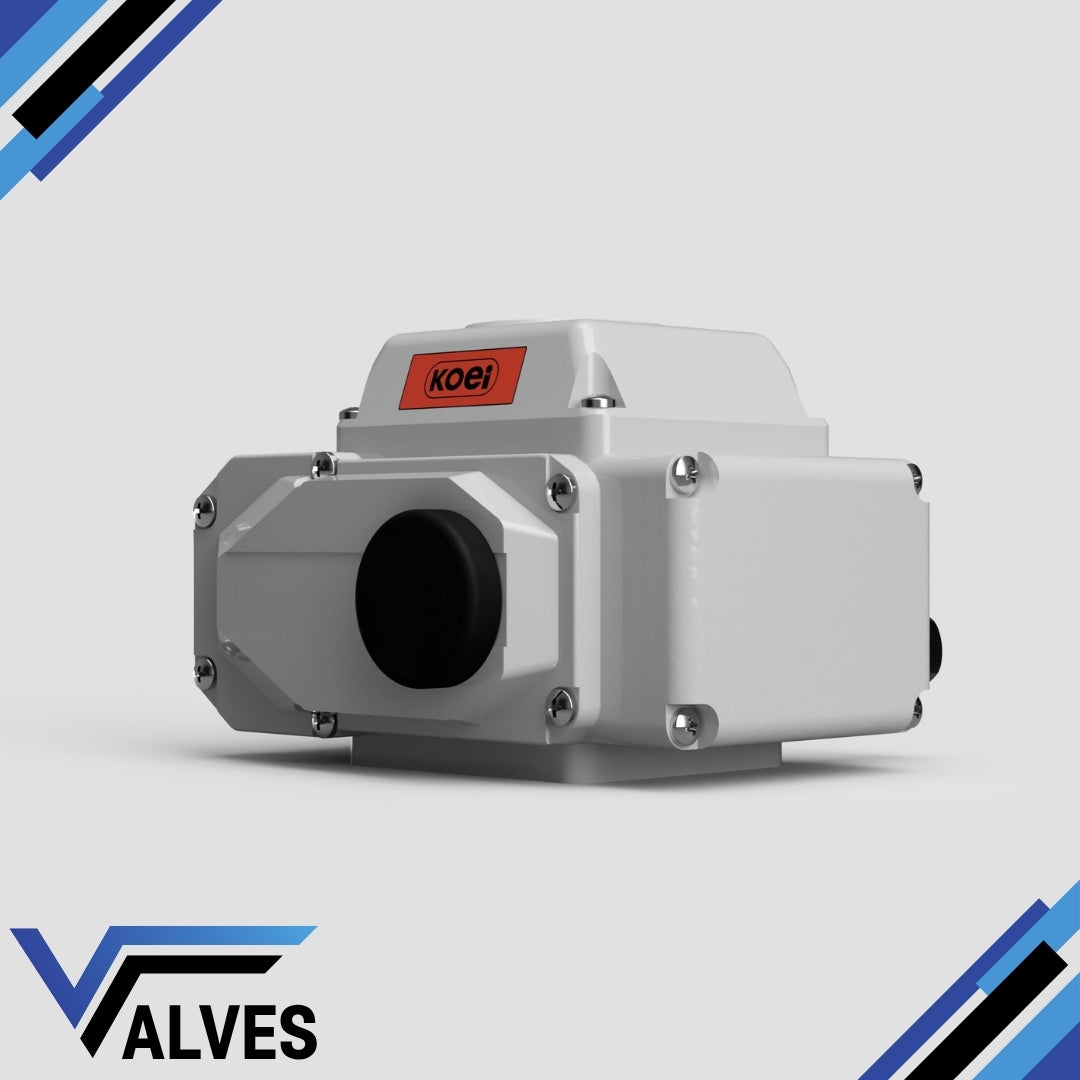The Koei Unic-10 Electric Actuator delivers precise and reliable valve automation for industrial applications. Built in Japan, this durable actuator offers smooth operation and long-life performance, with a robust stove-enamel finish providing protection in outdoor environments.
Designed for torque ranges around 100 Nm, it operates efficiently within temperatures from -25°C to +55°C and comes standard with a manual override, ensuring full control even during power loss. The Koei Unic-10 combines dependable engineering with exceptional build quality — ideal for demanding on-off or modulating valve operations across process, marine, and energy industries.


